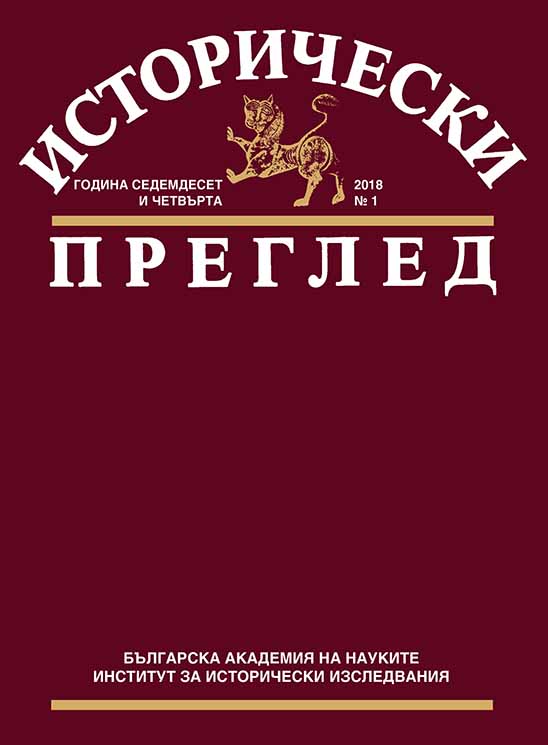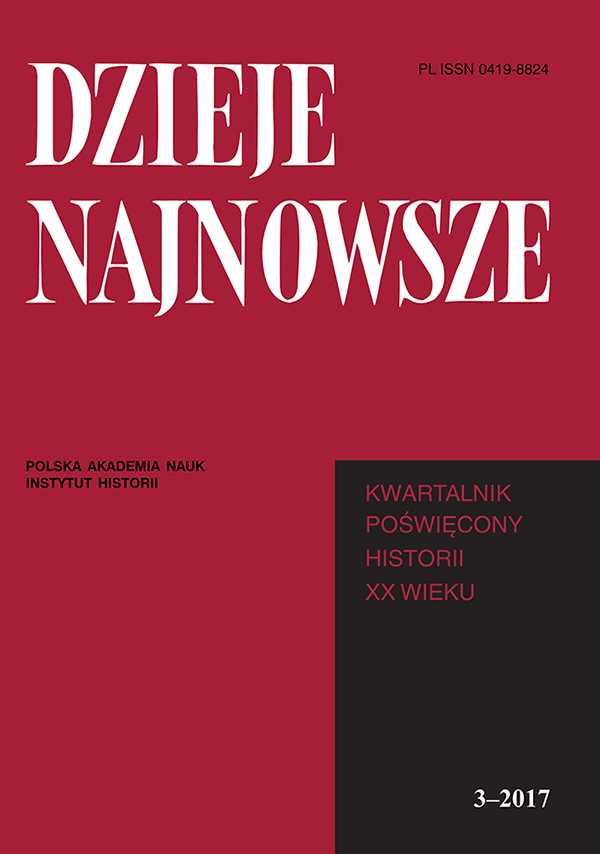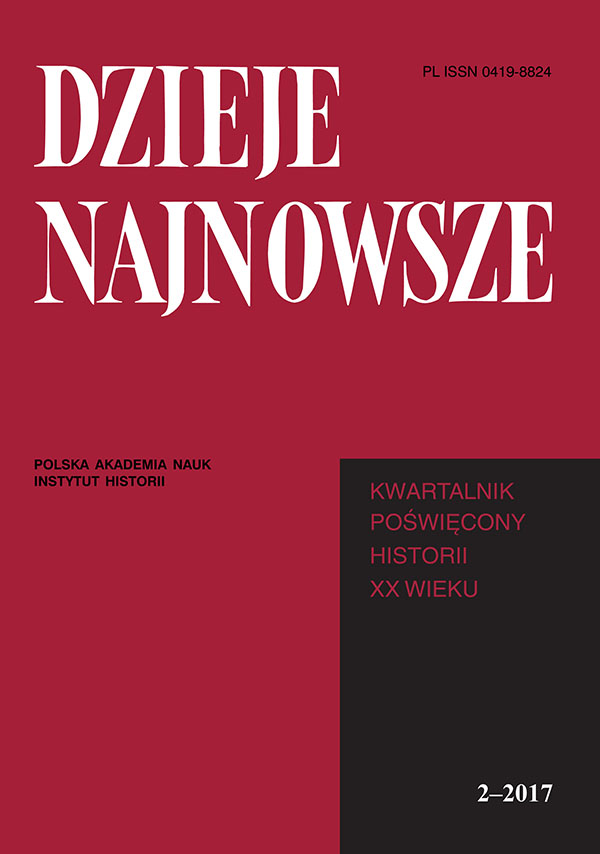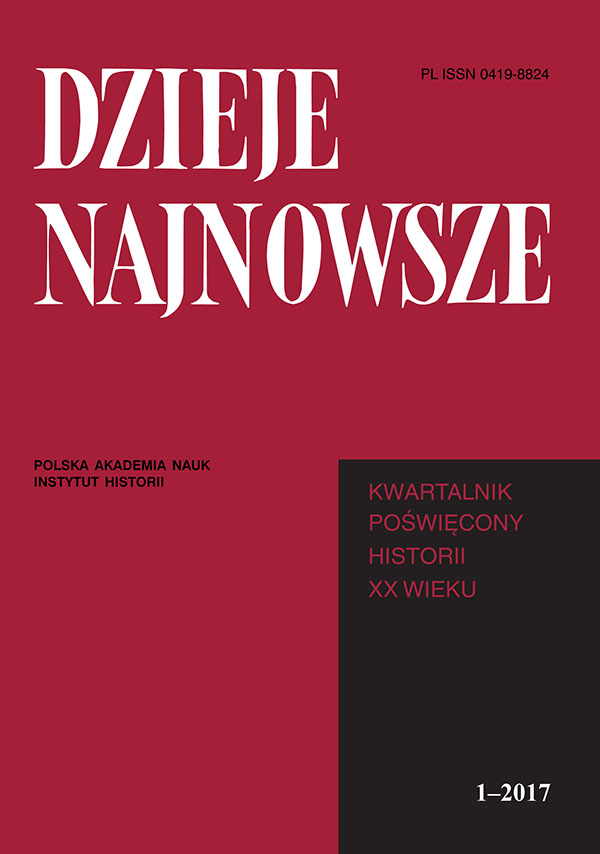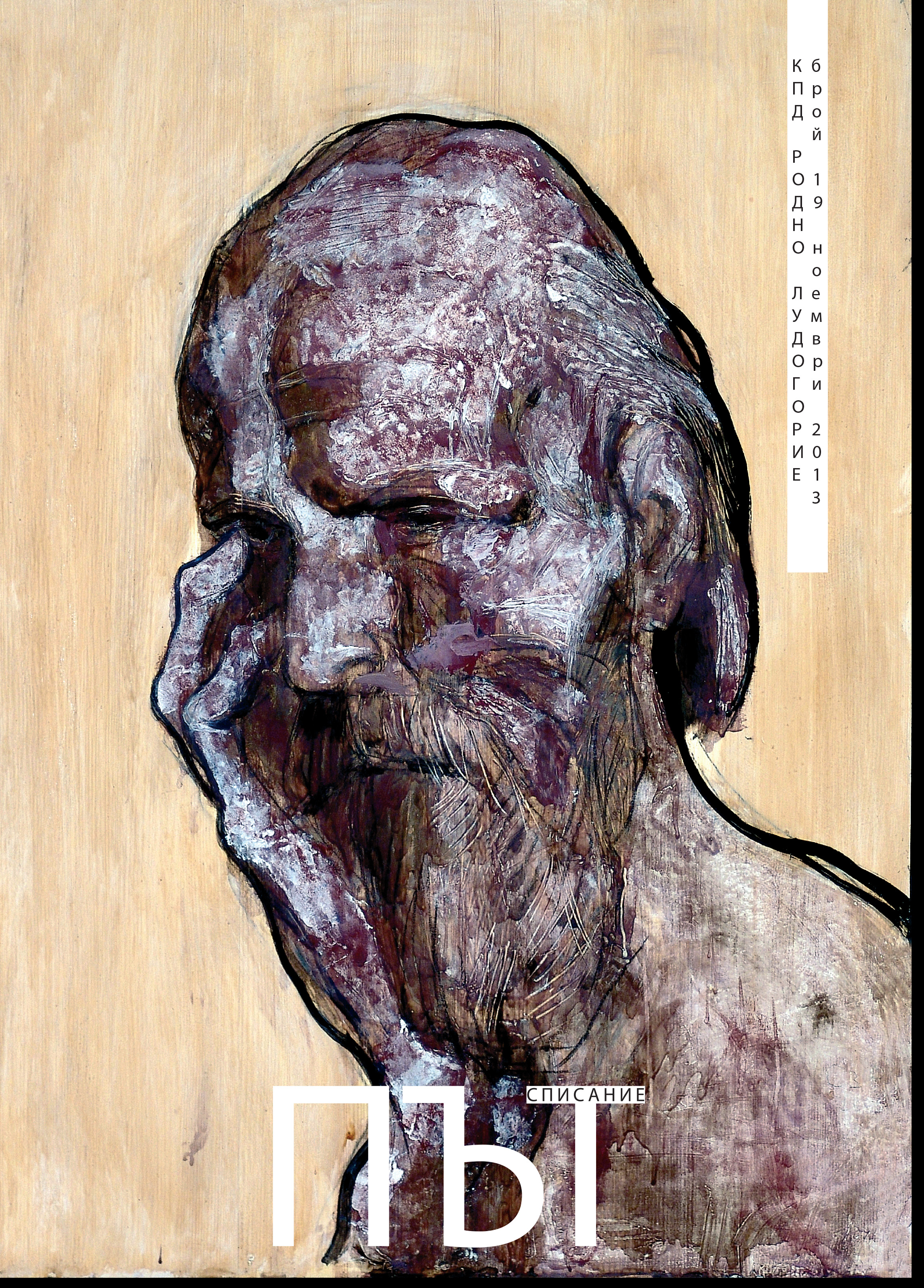
V. Бедреддин и сефевидите
This article represent textual part of the book of Franz Babinger "Sheikh Bedreddin, the son of the judge of Simav"
More...We kindly inform you that, as long as the subject affiliation of our 300.000+ articles is in progress, you might get unsufficient or no results on your third level or second level search. In this case, please broaden your search criteria.

This article represent textual part of the book of Franz Babinger "Sheikh Bedreddin, the son of the judge of Simav"
More...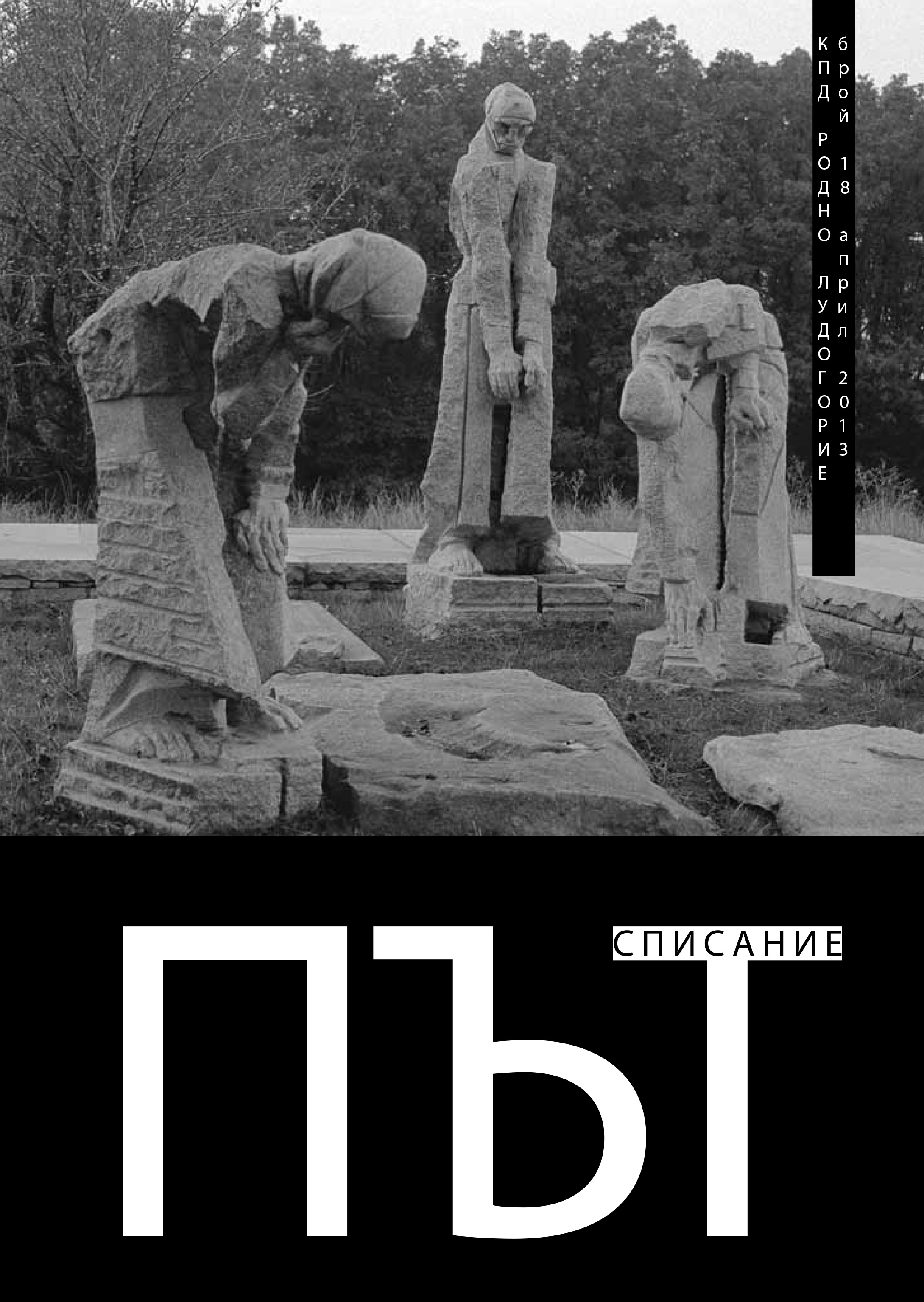
Editorial article for Saints Cyril and Methodius, recognized for their missionary in Great Moravia and much more.
More...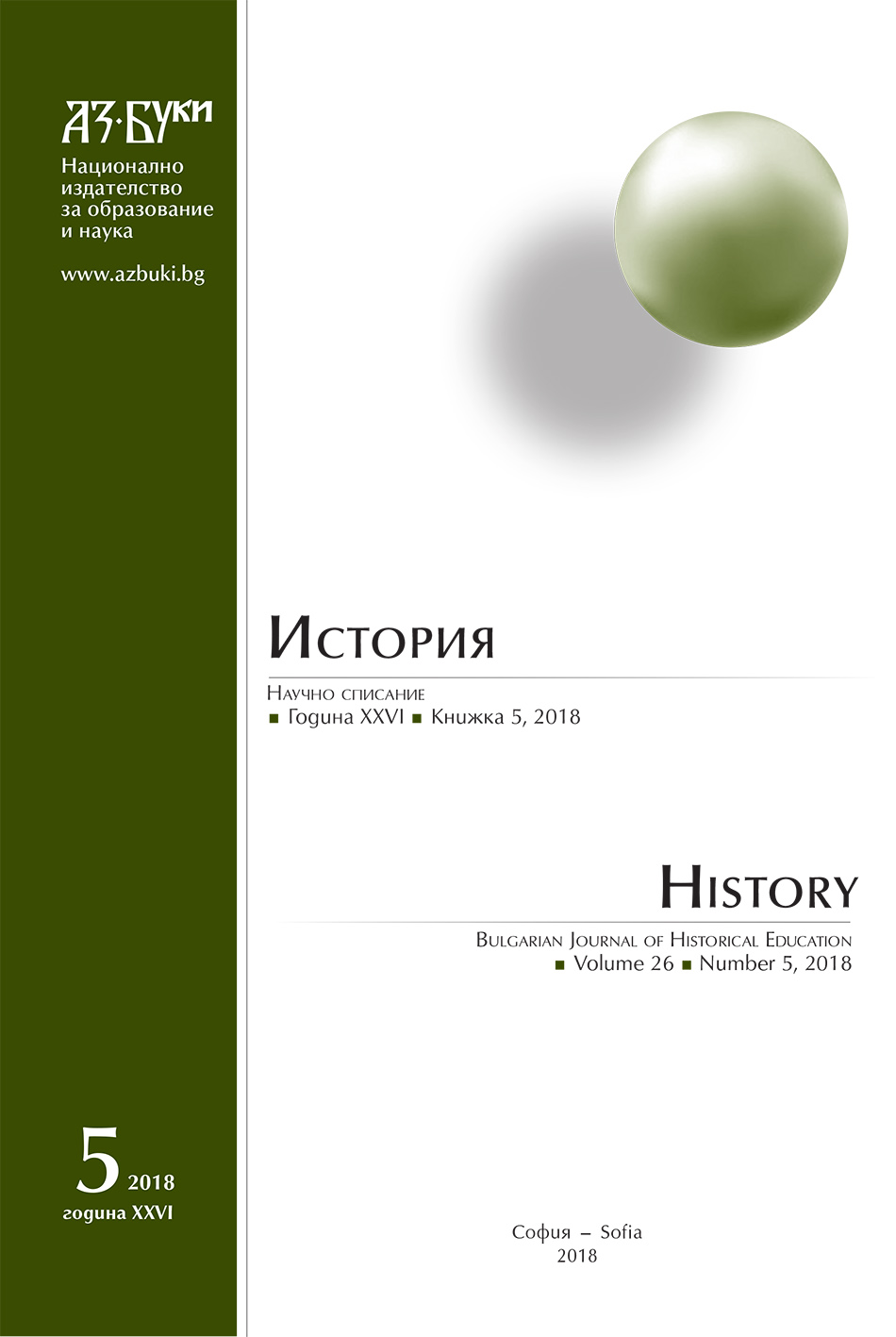

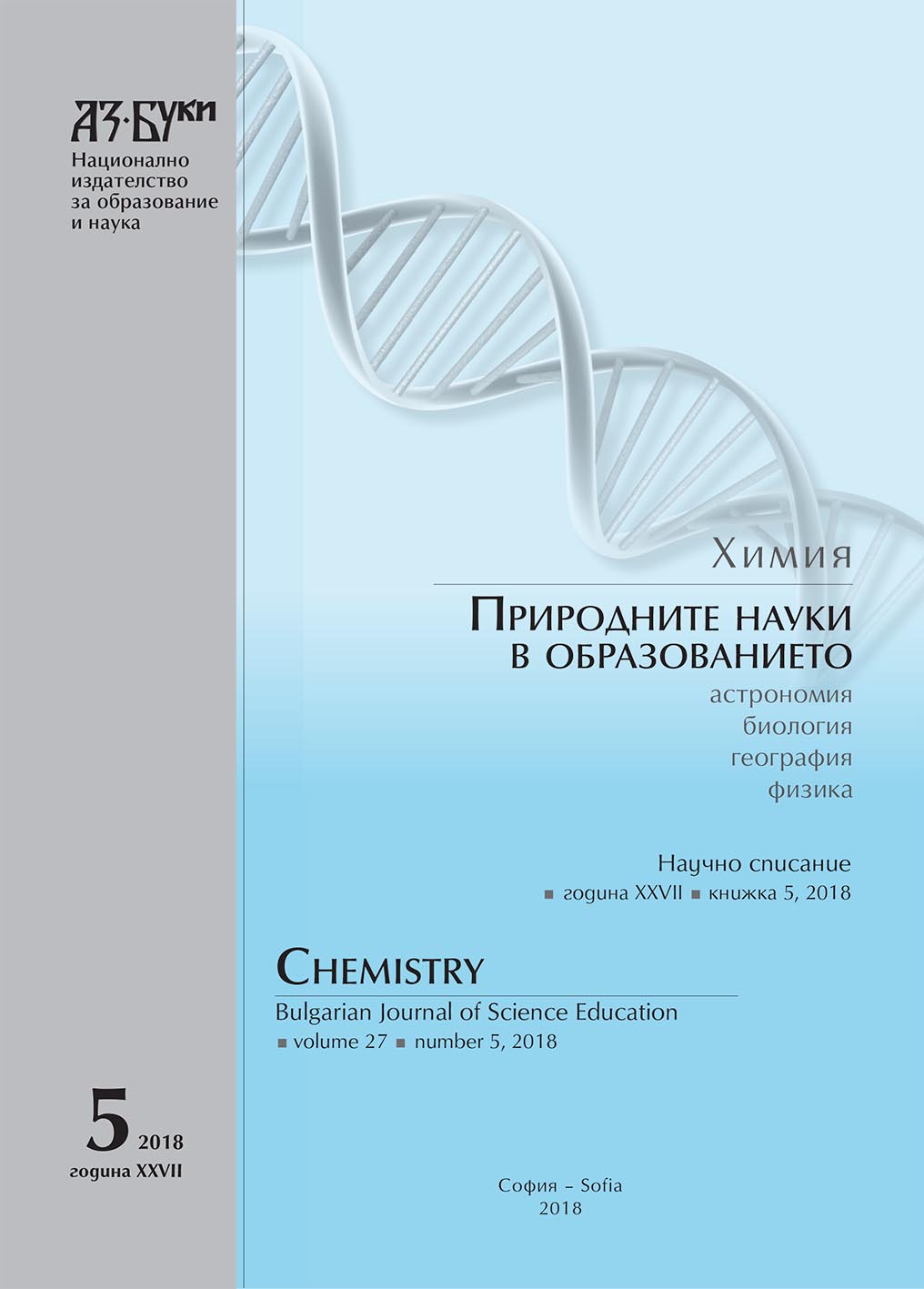
Fructosyltransferases catalyze the synthesis of Levan type polysaccharides in the presence of sucrose in the reaction medium. In the presence of acceptors (maltose, isomaltose, lactose, fructose) and fructose donor sucrose, they synthesize oligosaccharides with a degree of polymerization DP 3 - 5 monosaccharide residues that have prebiotic potential. In the present study, the fructosyltransferase from Leuconostoc mesenteroides Lm17 strain is immobilized on a multilayer polysaccharide structure composed of chitosan and xanthan. The layers were applied onto pre-loaded corn root cans of polylactic acid. The resulting composite films were investigated for the degree of immobilization of the enzyme and the ability to synthesize fructan on the surface of the film. The activity of immobilized enzyme film was found 0.73 U/mg in the resulting films. In carrying out an enzymatic reaction in the presence of over 10 % sucrose, a hydrolysis and transferase reaction was established by which a polysaccharide was synthesized in both the solution and the membrane. Surface morphology of multilayer films is investigated using the Nanosurf Flex AFM. The values of the average roughness were obtained. It is found that it increases with increasing number of layers, regardless of their sequence.
More...
The analysis of the spectral properties of ambient seismic noise has recently turned to be a promising approach in the study of site effects impact on seismic hazard. In the present paper we present some results from our investigation on the possibility to use mobile devices to record analyze seismic noise through the examination of the horizontal to vertical (H/V) spectral ratio. The results were compared to the ones, obtained by the application of professional seismological equipment, a velocimeter of type GBV-316 of the GEOSIG company. Some divergence of the results from the mobile device and those from GBV-316 were identified, revealing that the application of a mobile device in this case is questionable.
More...
In the present study the influence of hydrocolloids addition at different concentration (0.45, 0.9 and 1.5 %) to gluten-free cakes was studies and the quality of cakes was investigated. Based on investigation results it was found that, with the addition of xanthan – guar gum blend at concentrations 1.5 % (50:50 ratio) to the rice flour favorable results were achieved, represented by increased specific volume, lower loss of weight and decreased hardness of the products if compared to the control. The results from the sensory test indicated that all of the sample formulations produced high consumer acceptance rating (x>6). Additionally the use of xanthan – guar gum blend (1.5 %) as well as xanthan gum (0.9 %) showed a trend to retard the staling of rice cakes in the interval between 24 and 96 hour of the storage. The enthalpy values of cakes with hydrocolloids added were lower than the control sample for the whole period of 140 h of storage.
More...
In this paper we present the results of a simulated model of resonator device comprised of AlScN/6H-SiC piezo-layers for use in RF electronic circuits. The device uses the piezoelectric effect and Al electrode gratings to generate Lamb waves with great frequencies. The small mechanical impedance, micrometric size and good electromechanical characteristics make it especially suited for the manufacturing of RF band-pass filters. Moreover, because of the mechanics of the Lamb Wave Resonator (LWR) device, it can allow for multiple resonant frequencies to be used with the same configuration. Here we show the basic characteristics of one such system using Al0,91Sc0,09N piezo-active layer and base layer from hexagonal SiC.
More...
The work presents an approach in which an experimental assignment is carried out similarly to a scientific study in the frames of a student lab course. The approach aims to meet the students with the basic stages in experimental studies and to instill in them the excitement of shared “discoveries”. It was first tested in the frames of a General physics lab course with 76 freshman students majoring in Molecular biology. In contrast to classical labs, the proposed approach involved: application of the scientific method, selecting an applicable experimental method, out-of-class teamwork, drawing conclusions from the obtained results and presenting the results in public. The selected assignments can be completed with common materials, simple equipment and smartphone applications. The current work summarizes the observation of the involved faculty and the results from a survey among the students. The stages that the students had most difficulty with were identified as the following: setting up a hypothesis, modeling the physical processes, processing the results and drawing conclusions from them, and cooperating with team members. It was concluded that the proposed educational approach can be inspiring and useful for the development of the students’ critical thinking and creativity. Furthermore, it is widely applicable to students at different levels of competence.
More...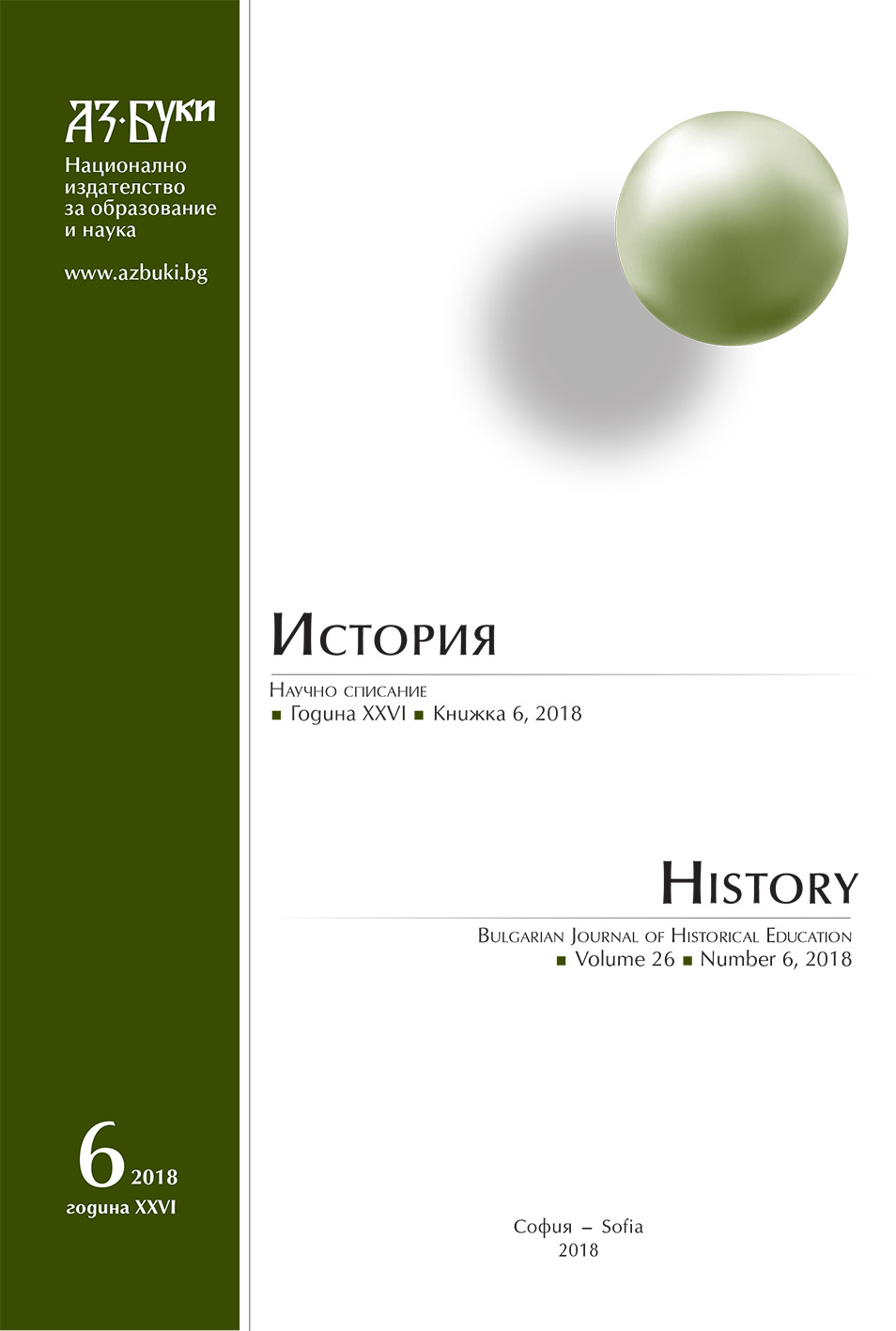
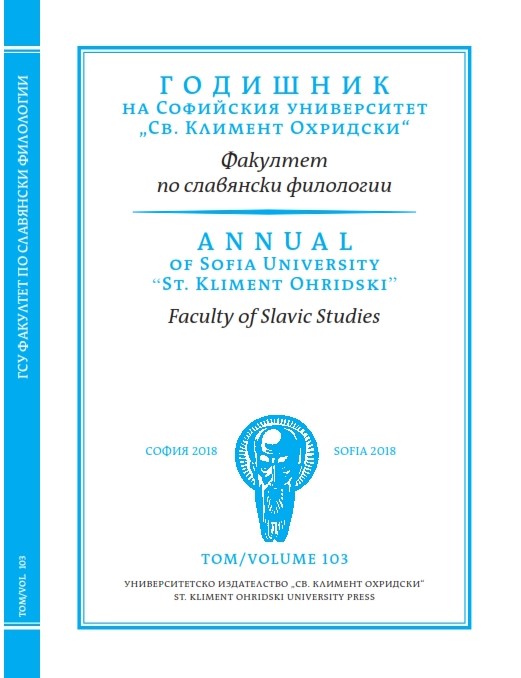
“Chapters with acrostich” is the main treatise of Gregory Sinaïta, one of the pillars of Hesychasm in the 13th and 14th centuries. The text was composed on Mount Athos or in Paroria and was probably translated into Slavonic before the death of the hermit. It is preserved in a number of copies, one of the earliest is in manuscript no. 214 from the Zographou Monastery Library. A typical feature of the Slavonic version is that the text is divided into 142 chapters while the Greek version has 137. The Slavonic version has served as the basis for the text published by Paisii Velichkovski in his Dobrotolyubie (Philokalia).
More...
Is there a hidden reality that governs our Universe ? Wheeler, Bekenstein, Susskind, and ‘t Hoft, all of them renowned physicists,the latter being a Nobel laureate, sustain this concept. It is about a theory, recently set out by the four physicists mentioned before, the so - called Theory of the Holographic Universe that puts the information in the first place. Today, this theory is accepted by a group of physicists that is growing steadily, and that studies the String Theories. First, Stephen Hawking predicted that the „black holes”, which seemed to be swallowing everything, were manifesting their presence by emitting radiation with an extremely low temperature. If a black hole can evaporate, a most portion of the information it contains is lost forever, said Hawking.Later on, it was the turn of Leonard Susskind, one of String Theories’ founder, and ‘t Hoft, both of them working under Wheeler’s guidance, to state that Hawking radiation emitted by a black hole represents the support, material substratum that delivers information related to what is happening in such a hole. This information remains on the surface of a universe that is created through a Big Bang by that black hole (Bekenstein, Susskin, ’t Hoft). And, as a laser beam that passes through bi-dimensional symbols on a transparent surface will generate a tri-dimensional hologram, in the same way the information on the surface of a universe such as ours will generate, in an adequate way, within it, all tri-dimensional entities inside the universe.Juan Maldacena formalized this theory with an audacious mathematical conjecture. Briefly, here is the story of the „Holographic Universe”. The most important fact for us is that Mihai Drăgănescu's Ontological-Informational Model -very similar but not identical with the Holographic Universe Model- was formalized before the last one. And according to Drăgănescu's approach, the Theory of the Holographic Universe may be considered a particular case of the Ontological-Informational Modelas you will see in this paper later on.
More...
This paper presents a brief overview of the historical evolution of approaches to the design of structures for wind loads. The interdisciplinary nature of this field is noted, involving as it does elements of micrometeorology, extreme wind climatology, aerodynamics, wind tunnel testing, structural dynamics, aeroelasticity, structural reliability and, last but not least, structural engineering. Technological advances in the areas of simultaneous pressure measurements and “big data” processing are shown to have led to a new paradigm in the relation between the structural designer and the wind engineer, wherein the former is in full control of all aspects of the modern design process, referred to as database-assisted design.
More...
In opposition to the traditional studies on the history of various science, which tend to only insist on the evolution of scientific progress, the modern approach tries to link this evolution to the natural, economic and social environment in which the science evolves. Also, the evolution of various scientific disciplines is conceived as a discontinuous process, a result of successive paradigm shifts. Applying these principles to water resources engineering in Romania, the article assesses that, due to the economic and social changes which occurred in 1989, water management in Romania has encountered an anomaly which requires the definition of a new paradigm. The principles which should be applied in this exercise require adopting a holistic approach, designing an adaptive management based on the theory of complex adaptive systems and using transdisciplinary methods. For all practical applications, water resources engineering cannot be considered an independent discipline any more and requires all other related disciplines to be taken into account and joint solutions for all the involved branches of activity should be developed. The article presents various examples in which these principles have been applied in various countries to water related projects.
More...